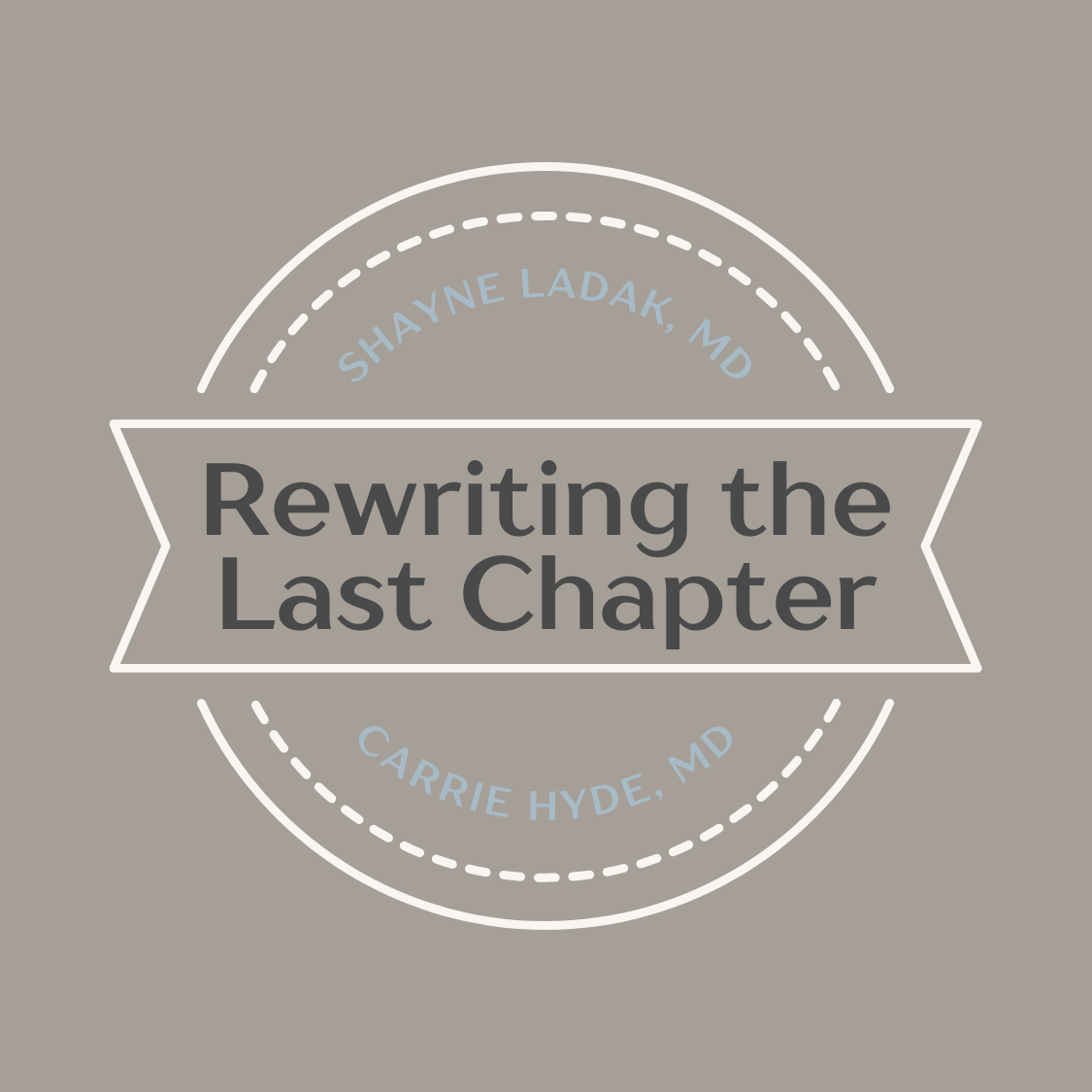
Word Choice
My late husband, Bob, was a hospice and palliative medicine physician. Early in our relationship, as we shared family histories, I told him about my brother David. When David was 13 (I was 18), he was in an accident and remained in a coma for 21 days. For years I























